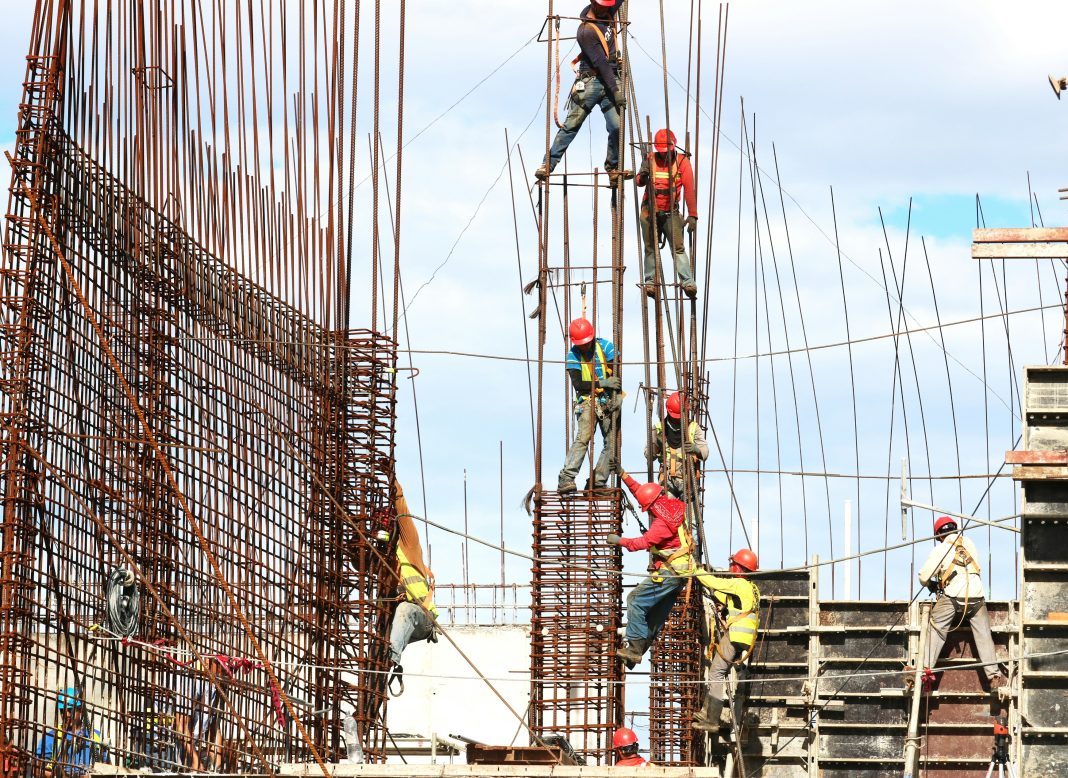By Johannah Malogadihlare
Some of the highest rates of depression and anxiety are reported amongst construction workers, and a paradigm shift is imperative for the industry to realise that psychological wellbeing is just as important as physical wellbeing, according to the Nelson Mandela University.
“The construction industry is among the most accident-prone industries, and among the leading industries with the highest rates of depression and anxiety compared to other industries,” said Dr Mohlomi Raliile and Prof. John Smallwood.
They said that it was also among the leading industries with the highest prevalence of suicide amongst its workforce, at 52.5 per 100,000 for men in contrast to 19.4 per 100,000 for the general male population.
“While this is the case, the focus has primarily been on safety and physical wellbeing.
“Although it is unclear what causes mental ill health among the construction workforce, it is evident that it is triggered by several stressors occurring both at work and outside the workplace environment,” they said in a statement.
The theme for Mental World Health Day earlier this month was: “It is Time to Prioritise Mental Health in the Workplace.”
The two academics said that despite the industry’s inherent demands and challenges, there was a notable lack of systematic understanding and targeted interventions to address mental health issues in the South Africa’s construction industry.
“External factors may result from social, political and economic factors that affect organisational homeostasis, while micro factors could result from poor organisational culture, conflicting role demands, role pressures, trauma, life changes, work overload/underload, job uncertainty, payments, cash flow, lack of work-life balance and personal issues,” they said.
Stress factors were economic, social, work overload and personal issues that could all impact mental health.
“Despite the unknown risk factors, the pathomechanism of mental ill health is intricate and still not fully understood, as it involves a combination of generic, biological and environmental factors,” Smallwood and Raliile said.
Although the percentage of those affected by depression in the construction sector were unknown, they said statistics estimated that one in six people in South Africa suffered from depression, anxiety and substance abuse.
However, it was still important to speak about the issues of mental health in the industry.
“This requires a shift in culture, and a collaborative effort between the employer, the workers, the public and primary health practitioners. Some of the immediate solutions could be achieved through mental health literacy and identification of symptoms in the form of stressors in the workplace,” the academics said.
Financial management programmes and employee assistant programmes could also be drawn up to educate workers struggling with mental health issues.
October is both Careers in Construction Month and Mental Health Awareness Month.
INSIDE EDUCATION







